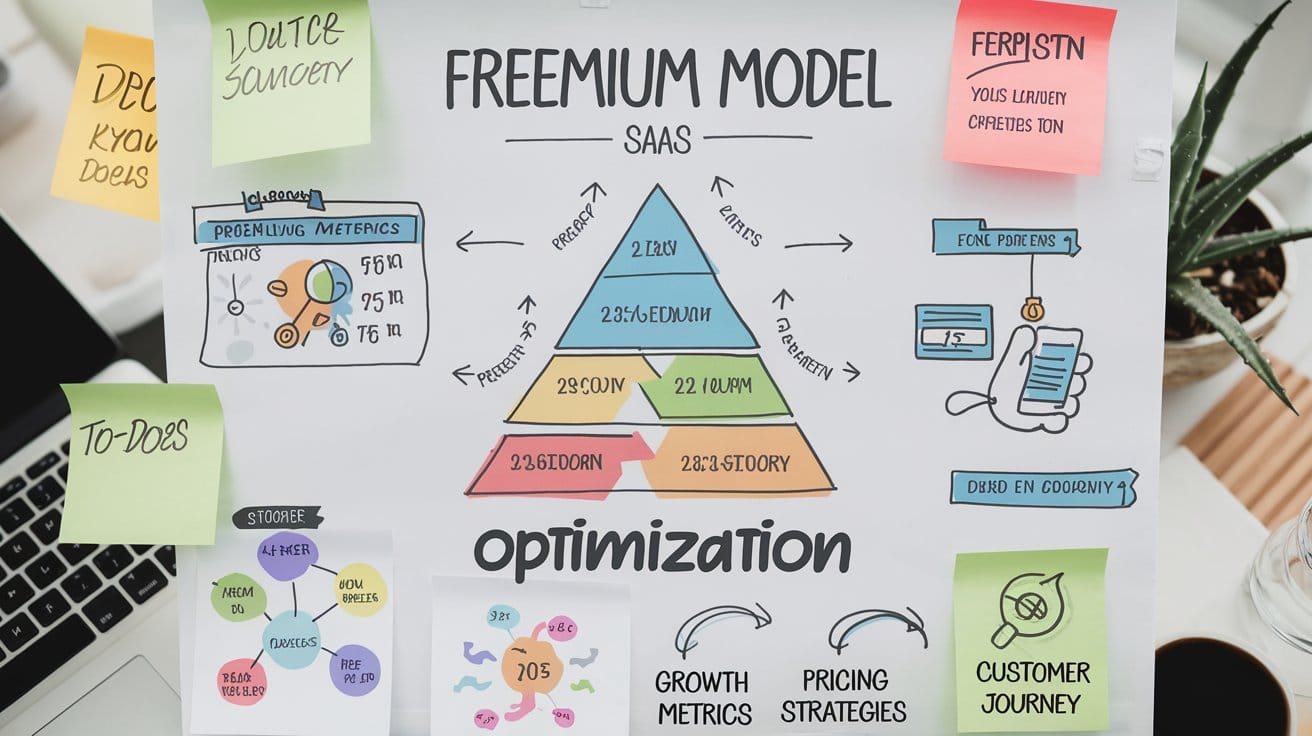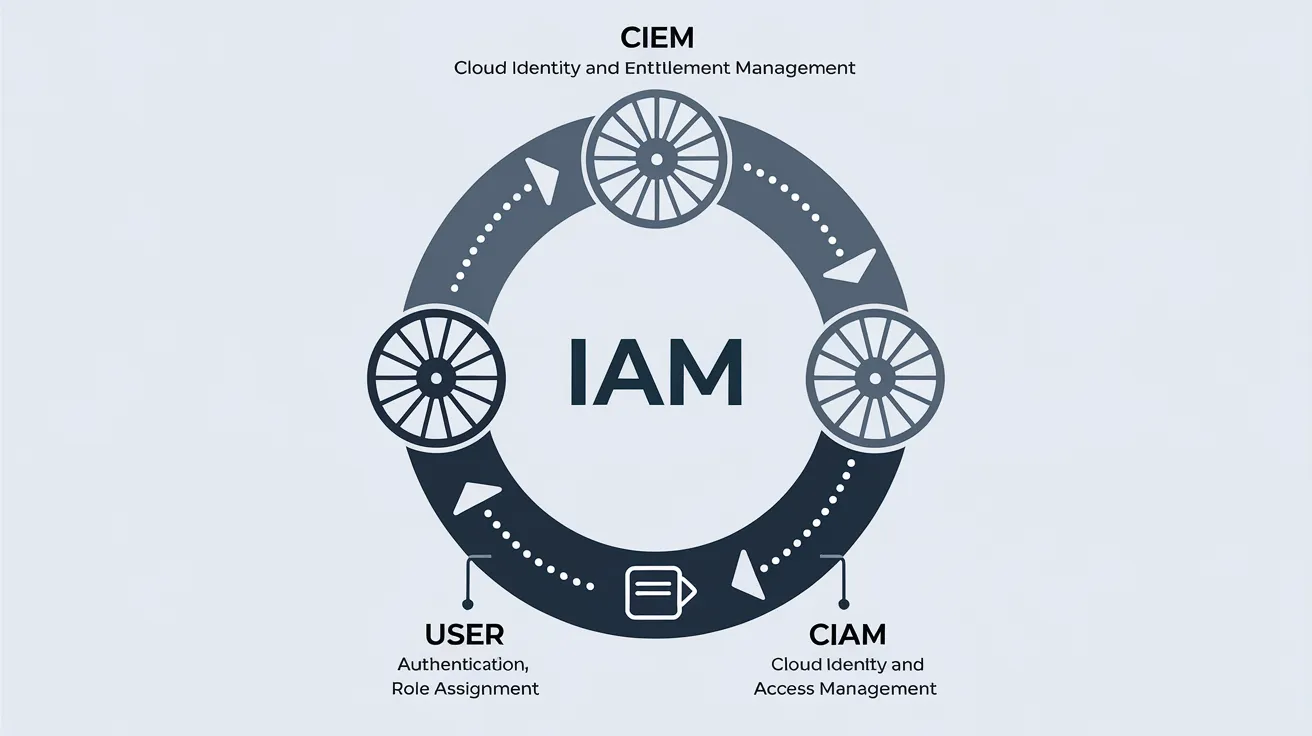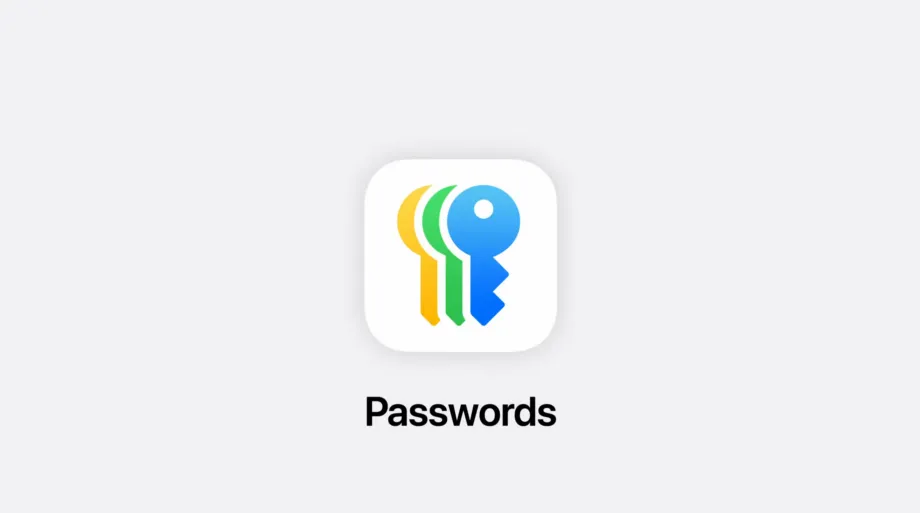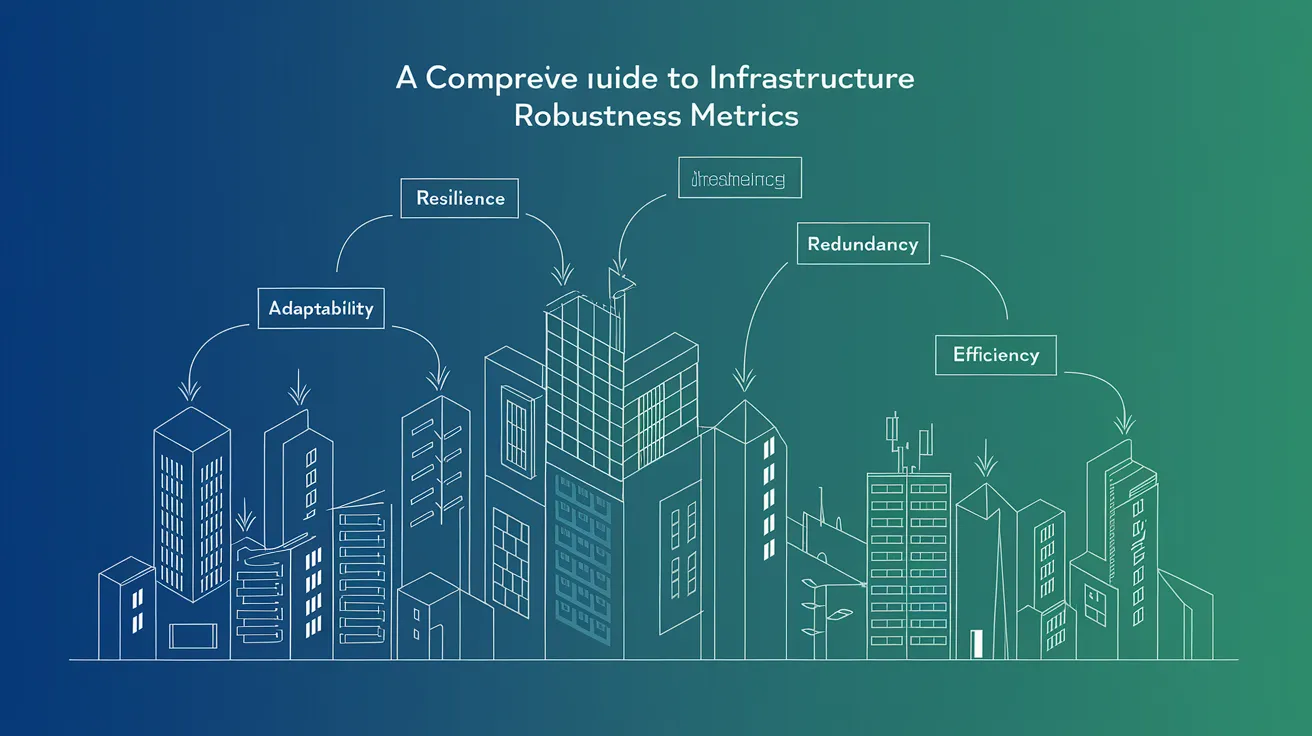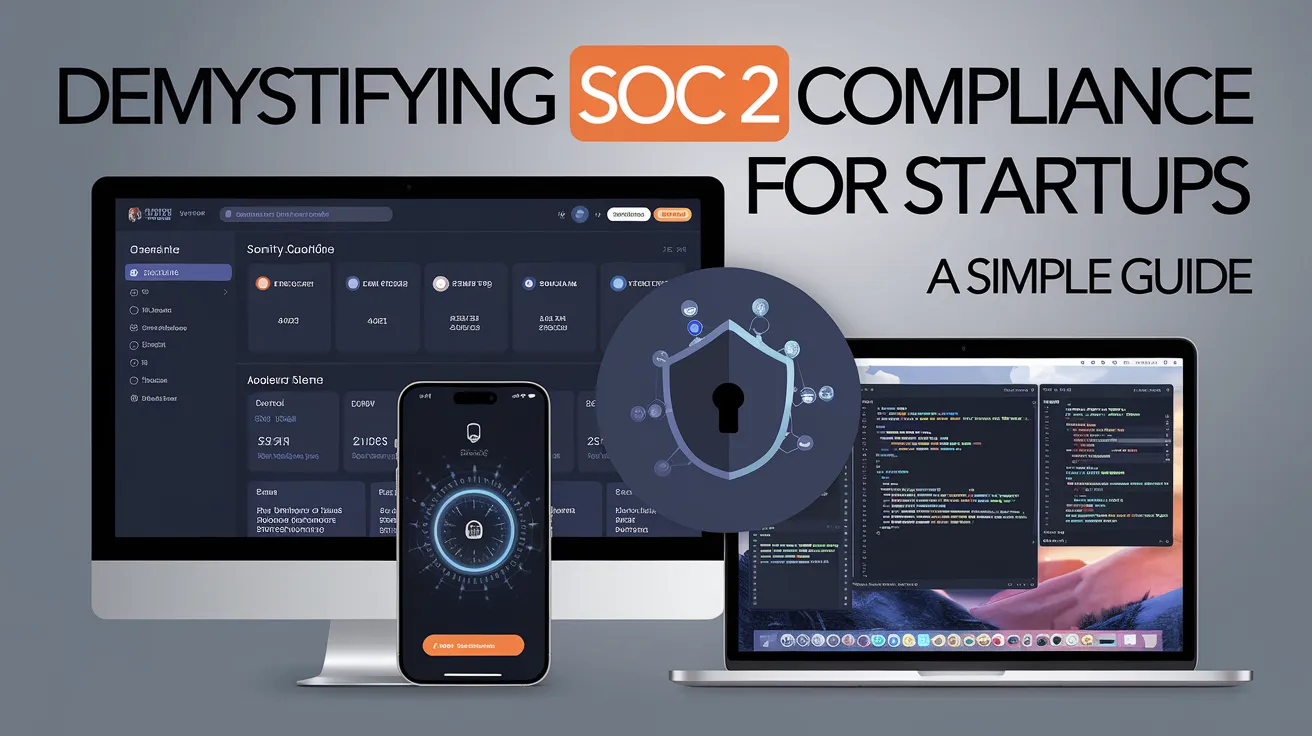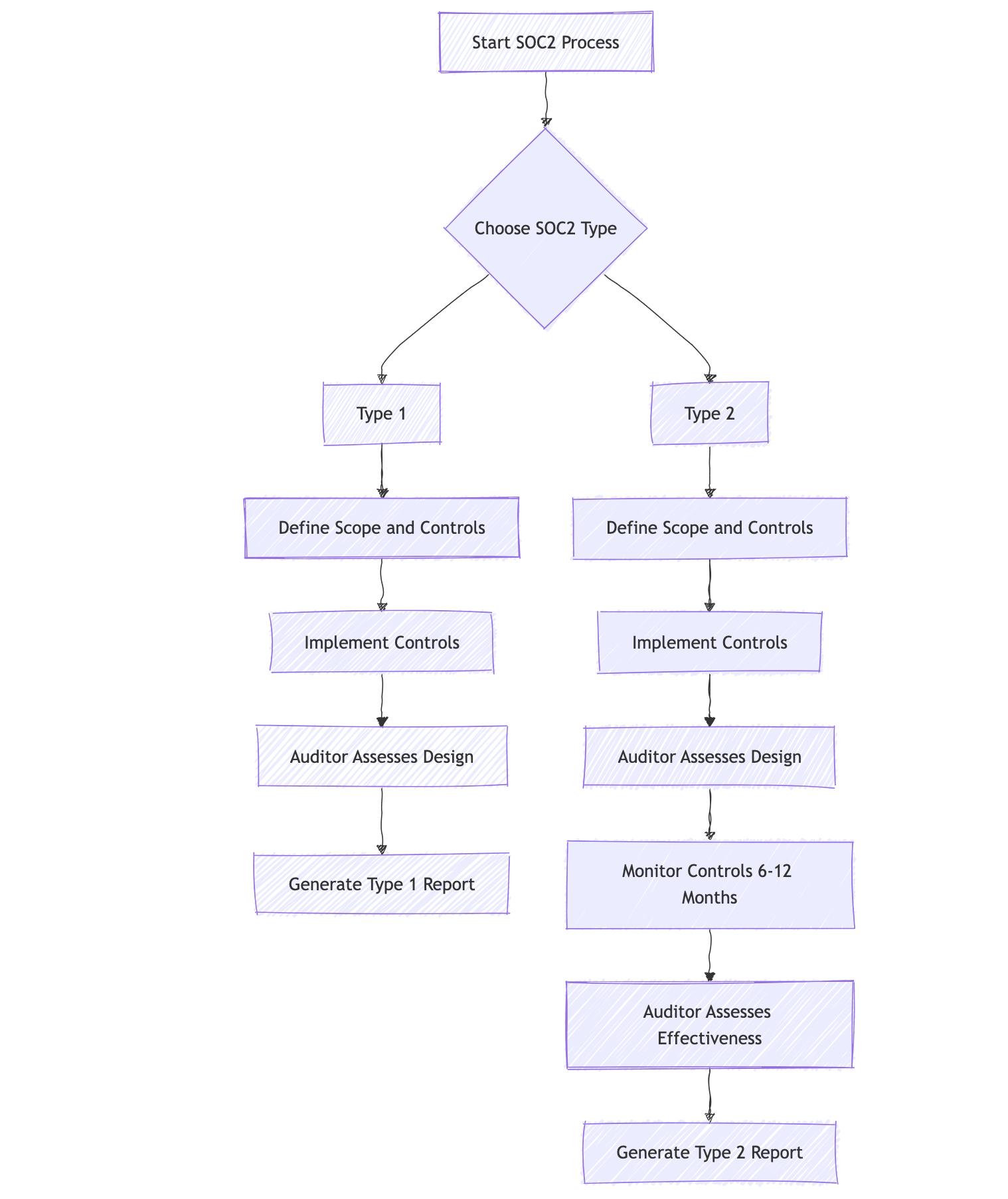
Artificial intelligence (AI) has emerged as a transformative force, reshaping the way we work and interact in professional environments. As AI systems become increasingly sophisticated and ubiquitous, employees find themselves with a new type of colleague - one that doesn't require coffee breaks, never calls in sick, and can process vast amounts of information in seconds. This AI coworker promises unprecedented efficiency and productivity, but also raises critical questions about trust, privacy, and the future of human labor. In this comprehensive exploration, we'll delve into the key concerns, benefits, and challenges of working alongside AI, and discuss strategies for building a harmonious and productive human-AI workplace.
Understanding AI in the Workplace: More Than Just Robots
When we talk about AI in the workplace, we're referring to a diverse ecosystem of technologies that go far beyond the popular image of humanoid robots. These AI systems include:
- Chatbots and Virtual Assistants: AI-powered tools that handle customer inquiries, schedule meetings, and manage basic administrative tasks.
- Data Analysis Algorithms: Complex systems that sift through massive datasets to identify patterns, trends, and insights that inform business decisions.
- Predictive Analytics: AI models that forecast future trends, helping businesses anticipate market changes and customer needs.
- Process Automation: AI-driven systems that streamline workflows, automate repetitive tasks, and increase operational efficiency.
- Natural Language Processing (NLP) Tools: AI that can understand, interpret, and generate human language, enabling more natural interactions between humans and machines.
- Computer Vision Systems: AI that can analyze and interpret visual information, with applications ranging from quality control in manufacturing to security surveillance.
These AI systems are designed to augment human capabilities, automate routine tasks, and provide insights that can drive business growth. However, their integration into the workplace is not without challenges and concerns.
Key Concerns: The Human Perspective on AI Coworkers
1. Job Security in the Age of Automation
One of the most pressing concerns surrounding AI in the workplace is its potential impact on job security. Many employees worry that as AI systems become more capable, they could eventually replace human workers, leading to widespread unemployment. This fear is not entirely unfounded, as certain roles - particularly those involving routine, repetitive tasks - are indeed at risk of automation.
However, it's important to note that while AI may eliminate some jobs, it's also creating new opportunities. The key lies in adaptation and reskilling. As AI takes over routine tasks, human workers are often freed up to focus on higher-value activities that require creativity, emotional intelligence, and complex problem-solving skills - areas where humans still have a significant edge over machines.
2. Privacy and Data Protection: The Double-Edged Sword of AI
As AI systems collect and analyze vast amounts of data, including personal information about employees, there are legitimate concerns about privacy and data protection. The level of surveillance and monitoring that AI enables can make employees feel uncomfortable and exposed. Key privacy concerns include:
- Data Collection: What types of data are being collected, and how is it being used?
- Data Storage: How securely is employee data being stored, and for how long?
- Data Access: Who has access to the data collected by AI systems?
- Algorithmic Profiling: Are AI systems creating profiles of employees based on their data, and how might these profiles be used?
Addressing these concerns requires clear policies, transparent communication, and robust data protection measures.
3. Bias and Fairness: The Hidden Dangers of Algorithmic Decision-Making
AI systems are only as unbiased as the data they're trained on and the algorithms that power them. There's a significant risk that these systems could perpetuate or even amplify existing biases in the workplace, leading to unfair treatment of certain groups of employees. This could manifest in various ways:
- Biased hiring algorithms that favor certain demographic groups
- Performance evaluation systems that fail to account for diverse working styles
- Promotion recommendations that reflect historical biases rather than true merit
Ensuring fairness in AI systems requires ongoing vigilance, diverse development teams, and regular audits to identify and correct biases.
4. Transparency and Explainability: Peering into the AI Black Box
Many AI systems, particularly those using deep learning algorithms, operate as "black boxes," making it difficult to understand how they arrive at their decisions. This lack of transparency can erode trust and make it challenging to identify and correct errors. Employees may feel uncomfortable relying on systems they don't understand, especially when these systems are making decisions that affect their work or career progression.
The push for "explainable AI" aims to address this issue by developing AI systems that can provide clear reasoning for their decisions. However, achieving true transparency in complex AI systems remains a significant challenge.
5. Dependence and Deskilling: The Risk of Over-Reliance on AI
As employees become more reliant on AI systems to perform certain tasks, there's a risk of deskilling. Workers may lose important skills and knowledge if they overly depend on AI assistance. This could lead to:
- Reduced problem-solving abilities in certain areas
- Decreased confidence in performing tasks without AI support
- Difficulty in identifying AI errors or malfunctions
Maintaining a balance between leveraging AI capabilities and preserving human skills is crucial for long-term workplace resilience.
The Upside: Pros of AI as a Coworker
Despite the concerns, AI as a coworker offers significant benefits that have the potential to transform the workplace for the better:
- Increased Efficiency and Productivity:
- AI can automate routine tasks, allowing human workers to focus on more complex and creative aspects of their jobs.
- This can lead to significant time savings and increased overall productivity.
- Enhanced Decision-Making:
- AI systems can analyze vast amounts of data quickly, providing insights that can improve decision-making processes.
- This data-driven approach can lead to more informed and objective decisions.
- 24/7 Availability:
- Unlike human employees, AI systems can work around the clock, providing continuous support and productivity.
- This is particularly beneficial for global organizations operating across different time zones.
- Reduced Human Error:
- In tasks that require high precision and consistency, AI can significantly reduce the risk of human error.
- This is especially valuable in fields like healthcare, finance, and manufacturing where errors can have serious consequences.
- Personalized Learning and Development:
- AI can provide personalized training and development opportunities, helping employees improve their skills more effectively.
- Adaptive learning systems can tailor training content to individual needs and learning styles.
- Enhanced Collaboration:
- AI tools can facilitate better collaboration by managing project workflows, scheduling, and communication.
- This can lead to more streamlined teamwork and improved project outcomes.
- Improved Customer Service:
- AI-powered chatbots and virtual assistants can handle routine customer inquiries, freeing up human agents to deal with more complex issues.
- This can lead to faster response times and improved customer satisfaction.
- Data-Driven Insights:
- AI can uncover patterns and insights in data that might be missed by human analysis alone.
- This can lead to new business opportunities and improved strategic decision-making.
The Challenges: Cons of AI as a Coworker
While the benefits of AI in the workplace are significant, there are also notable challenges and potential drawbacks:
- Potential Job Displacement:
- While AI creates new job opportunities, it may also lead to the elimination of certain roles, particularly those involving routine tasks.
- This can cause anxiety and resistance among employees.
- Privacy Concerns:
- The extensive data collection required for AI systems raises significant privacy concerns for employees.
- There's a risk of data breaches or misuse of personal information.
- Lack of Emotional Intelligence:
- AI systems, despite advances in natural language processing, still lack the emotional intelligence and empathy of human coworkers.
- This can lead to misunderstandings or inappropriate responses in sensitive situations.
- Dependence and Technical Issues:
- Over-reliance on AI systems can be problematic when technical issues arise, potentially disrupting work processes.
- System downtime or errors can have a significant impact on productivity.
- Ethical Dilemmas:
- AI systems may make decisions that conflict with human values or ethics, creating challenging situations for employees and organizations.
- Navigating these ethical dilemmas requires careful consideration and clear guidelines.
- Integration Challenges:
- Integrating AI systems into existing workflows and technologies can be complex and time-consuming.
- There may be resistance from employees who are uncomfortable with new technologies.
- Ongoing Maintenance and Updates:
- AI systems require regular maintenance, updates, and retraining to remain effective.
- This can be costly and time-consuming for organizations.
- Skill Gap:
- There may be a shortage of employees with the skills necessary to work effectively alongside AI systems.
- This can create challenges in fully leveraging AI capabilities.
Building Trust with AI Coworkers: Strategies for Success
To foster trust between human employees and AI systems, organizations should consider implementing the following strategies:
- Transparency and Clear Communication:
- Clearly communicate how AI systems are being used in the workplace and what data they collect.
- Provide regular updates on AI initiatives and their impact on the organization.
- Education and Training:
- Provide comprehensive training to help employees understand AI capabilities and limitations.
- Offer opportunities for employees to develop skills that complement AI technologies.
- Human Oversight and Control:
- Implement processes for human review and intervention in AI decision-making.
- Ensure that humans have the final say in critical decisions.
- Ethical Guidelines and Governance:
- Develop and adhere to clear ethical guidelines for AI use in the workplace.
- Establish an AI ethics committee to oversee the implementation and use of AI systems.
- Continuous Evaluation and Improvement:
- Regularly assess the impact of AI systems on workplace dynamics and employee well-being.
- Be willing to adjust or remove AI systems that are not meeting ethical standards or business needs.
- Inclusive Development:
- Involve employees from diverse backgrounds in the development and implementation of AI systems.
- This can help identify potential biases and ensure that AI systems meet the needs of all employees.
- Data Protection and Security Measures:
- Implement robust data protection policies and security measures to safeguard employee information.
- Be transparent about data usage and allow employees to access and control their personal data.
- Gradual Implementation:
- Introduce AI systems gradually, allowing employees time to adjust and provide feedback.
- Start with pilot programs before full-scale implementation.
- Emphasize Augmentation, Not Replacement:
- Frame AI as a tool to augment human capabilities, not replace human workers.
- Highlight how AI can help employees be more effective in their roles.
- Open Feedback Channels:
- Create channels for employees to provide feedback on AI systems and raise concerns.
- Act on this feedback to continually improve AI integration.
The Future of Work: Human-AI Collaboration
As we look to the future, it's clear that the workplace will increasingly be characterized by human-AI collaboration. The most successful organizations will be those that can effectively balance the strengths of both human workers and AI systems. This future workplace might include:
- AI-Assisted Decision Making: Humans making final decisions based on AI-generated insights and recommendations.
- Hybrid Teams: Project teams composed of both human workers and AI agents, each contributing their unique strengths.
- Continuous Learning Environments: Workplaces where both humans and AI systems are constantly learning and improving.
- Ethical AI Frameworks: Robust governance structures ensuring that AI is used responsibly and ethically.
- New Job Roles: Emergence of new careers focused on managing, interpreting, and improving AI systems.
Conclusion: Embracing the AI Coworker with Caution and Optimism
As AI becomes an increasingly common presence in the workplace, the question of trust remains central to its successful integration. While AI offers significant benefits in terms of efficiency, decision-making support, and innovation, it also presents challenges related to privacy, bias, job security, and the very nature of work itself.
By addressing these concerns proactively and fostering a culture of transparency, continuous learning, and ethical AI use, organizations can help build trust between human employees and their AI coworkers. The goal should be to create a workplace where AI and humans complement each other's strengths, leading to more productive, innovative, and fulfilling work environments.
As we navigate this new era of human-AI collaboration, it's crucial to remain vigilant about the ethical implications of AI in the workplace and to prioritize the well-being and development of human workers. With thoughtful implementation, ongoing evaluation, and a commitment to human-centered design, AI has the potential to be a trusted and valuable coworker, enhancing rather than replacing human capabilities.
The future of work is not about humans versus AI, but about humans and AI working together to achieve outcomes that neither could accomplish alone. By embracing this vision while addressing the challenges head-on, we can create workplaces that are more efficient, more innovative, and ultimately more human.
https://ift.tt/MUSBwCN
https://ift.tt/C4yTiuM
https://guptadeepak.com/content/images/2024/09/AI-coworker-trust-security.jpg
https://guptadeepak.weebly.com/deepak-gupta/ai-is-your-coworker-now-navigating-trust-and-transformation-in-the-modern-workplace

